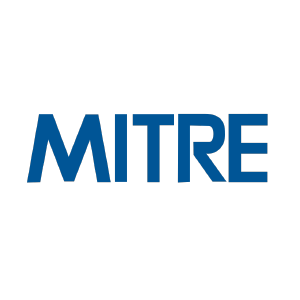Achieve CMMC 2.0 Level 2 Compliance
CMMC 2.0 Level 2 compliance is critical for DoD suppliers because it ensures they have implemented the necessary cybersecurity controls to protect sensitive government information. Failure to meet CMMC Level 2 compliance standards can result in a loss of business opportunities. But the process of accreditation can be challenging, with Level 2 containing 110 practice controls. The Kiteworks Private Content Network provides a streamlined and secure solution for the exchange of sensitive data due to its support for nearly 90% of the practice requirements. In addition, its built-in governance tracking and controls can help accelerate the accreditation process.

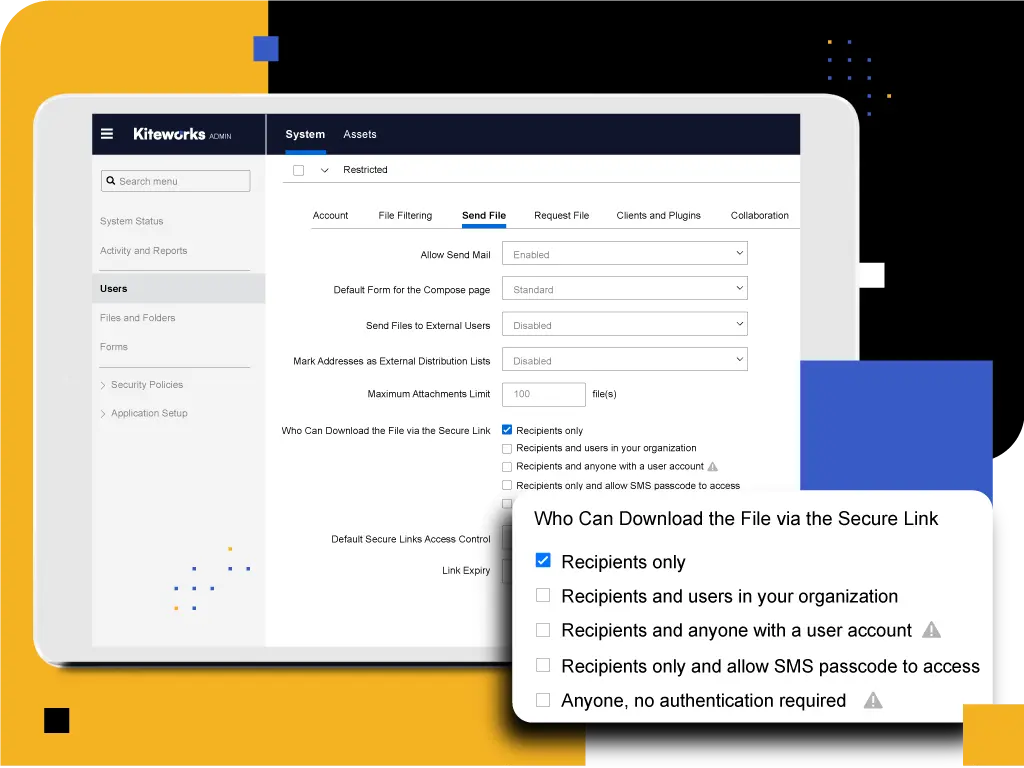
Securely Share Sensitive Project Documents
Government contractors often work on projects that involve sensitive or classified information. Sharing these documents with team members and government agencies requires a secure communication platform. Insecure sharing methods can lead to data breaches and compromise project integrity. Kiteworks provides secure government contractor communications for government contractors to share sensitive project documents through email, file sharing, managed file transfer, and web forms. With end-to-end encryption, access controls, and audit logging, Kiteworks ensures that sensitive information remains confidential and compliant with government regulations.
Collaborate on Proposals and Bids
Government contractors frequently collaborate on proposals and bids that contain sensitive financial and technical information. Insecure collaboration methods can expose this information to unauthorized parties, jeopardizing the contractor’s competitive advantage. Kiteworks’ secure government contractor communications enable secure collaboration on proposals and bids through its encrypted communication channels. Team members can work together on documents, share files, and exchange messages without worrying about data breaches. Kiteworks’ access controls and version tracking ensure that only authorized users can access and modify the information.
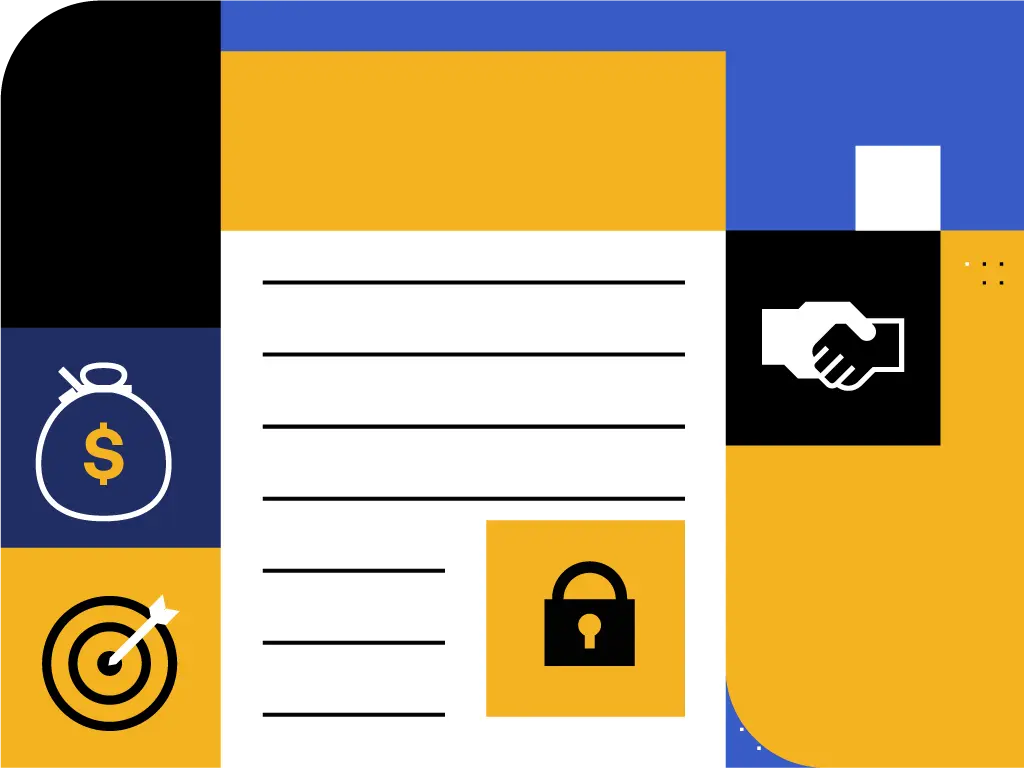
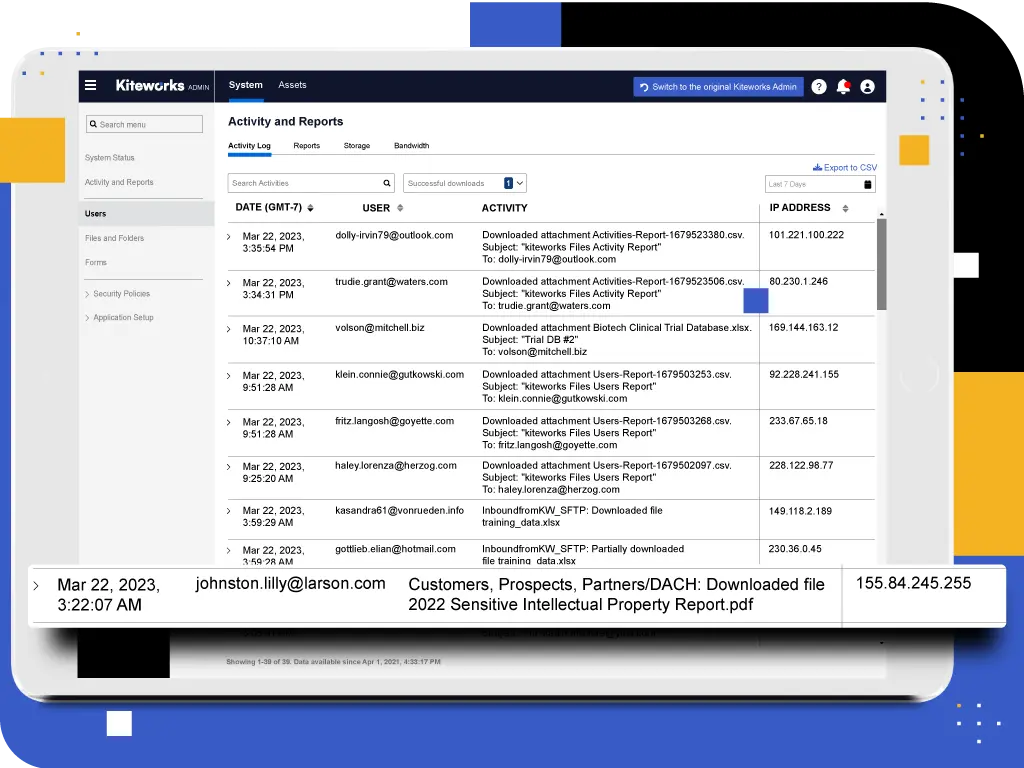
Submit Compliance Reports
Government contractors are required to submit regular compliance reports to government agencies. These reports often contain sensitive data that must be protected from unauthorized access and tampering. Kiteworks offers a secure government contractor communications solution for submitting compliance reports through its encrypted communication channels. Government contractors can confidently submit their reports over email, file sharing, managed file transfer, and web forms and know that the sensitive data is protected. Kiteworks’ audit logging capabilities also provide a record of all communication activities, ensuring transparency and accountability.
Exchange Technical IP-related Specifications
Government contractors often need to exchange technical intellectual property (IP) specifications, such as design details, security components, construction techniques, coding, manufacturing processes and schedules, and more, with government agencies, subcontractors, and other stakeholders. These specifications often contain sensitive or proprietary information that must be protected from unauthorized access. Kiteworks’ secure government contractor communications enable secure exchange of technical specifications through its encrypted communication channels. Government contractors can share files and collaborate on documents with confidence, knowing that their sensitive information is protected. Kiteworks’ access controls and version tracking features ensure that only authorized users can access and modify the information.

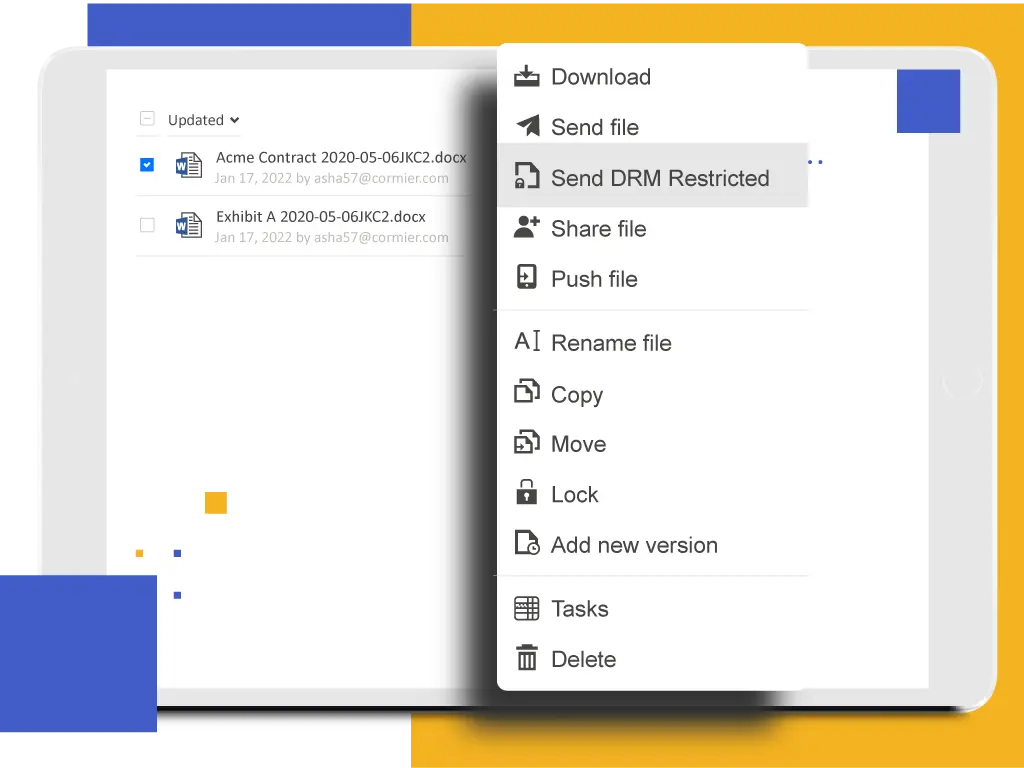
Coordinate With Subcontractors
Government contractors often work with subcontractors who require access to sensitive project information. Insecure communication methods can expose this information to unauthorized parties, leading to potential data breaches and project delays. Kiteworks provides a secure government contractors communication platform for coordinating with subcontractors—email, file sharing, managed file transfer, and web forms. Government contractors can share sensitive project information, collaborate on documents, and exchange messages securely through Kiteworks’ encrypted channels. Access controls and audit logging features ensure that only authorized users can access the information and maintain project security.
Receive Project Updates Securely
Government contractors need to receive regular project updates from team members, subcontractors, and government agencies. These updates may contain sensitive information that must be protected from unauthorized access. Kiteworks offers secure government contractor communications for receiving project updates through its hardened virtual appliance. Contractors can confidently receive updates, knowing that the sensitive information is protected. Kiteworks’ access controls and audit logging capabilities ensure that only authorized users can access the information and maintain project security.

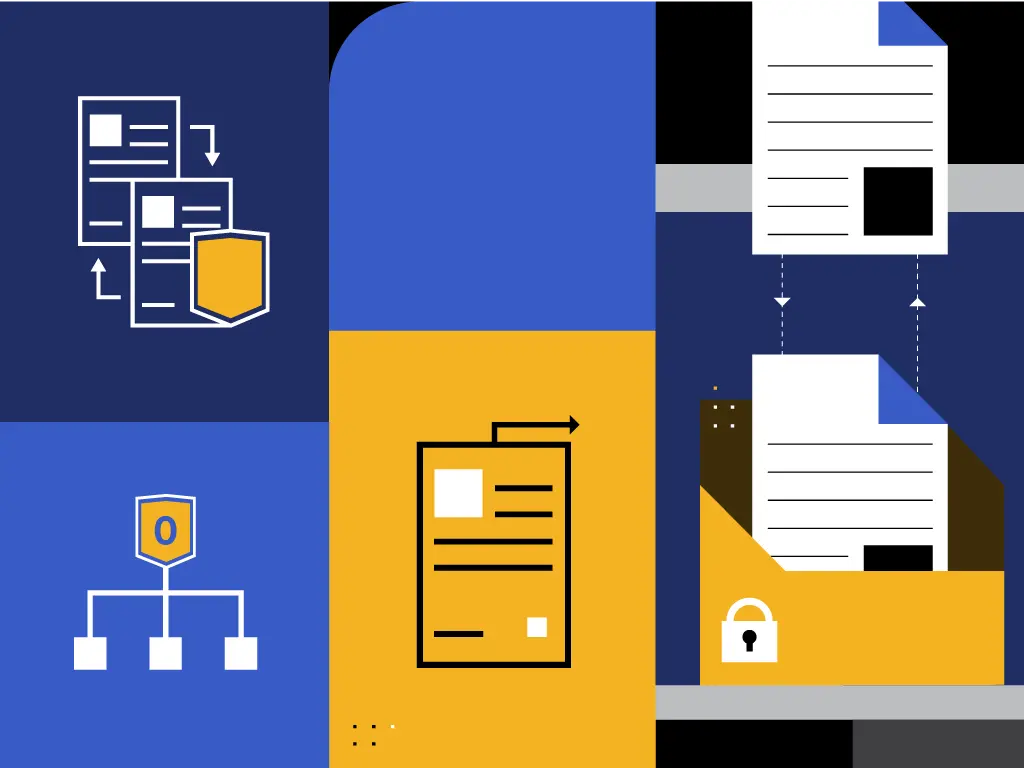
Exchange Cost Estimates and Budget Data
Government contractors frequently exchange cost estimates and budget data with government agencies and other stakeholders. This financial information is sensitive and must be protected from unauthorized access. Kiteworks provides secure government contractor communications for exchanging cost estimates and budget data. With end-to-end encryption, access controls, and audit logging, Kiteworks ensures that sensitive financial information remains confidential and compliant with government regulations.
Exchange Large Volumes of Sensitive Information
Managed file transfer is an essential tool for government contractors who exchange large volumes of sensitive information. These contractors often work with multiple agencies, each with their unique data security requirements, making MFT critical for secure and compliant file exchange. However, security and governance challenges exist for government contractors when it comes to managed file transfer. This includes the need to adhere to strict data governance policies, comply with various regulatory frameworks, and protect sensitive data from cyber threats. The Kiteworks Private Content Network (PCN) addresses these challenges by providing a secure government contractors communication platform for file transfer. Its advanced threat protection, security layering, double encryption, zero-trust content access, and detailed audit logs help contractors ensure data protection and compliance. The tool also integrates with existing IT systems and workflows, making it easier for contractors to adopt the platform without disrupting existing processes.
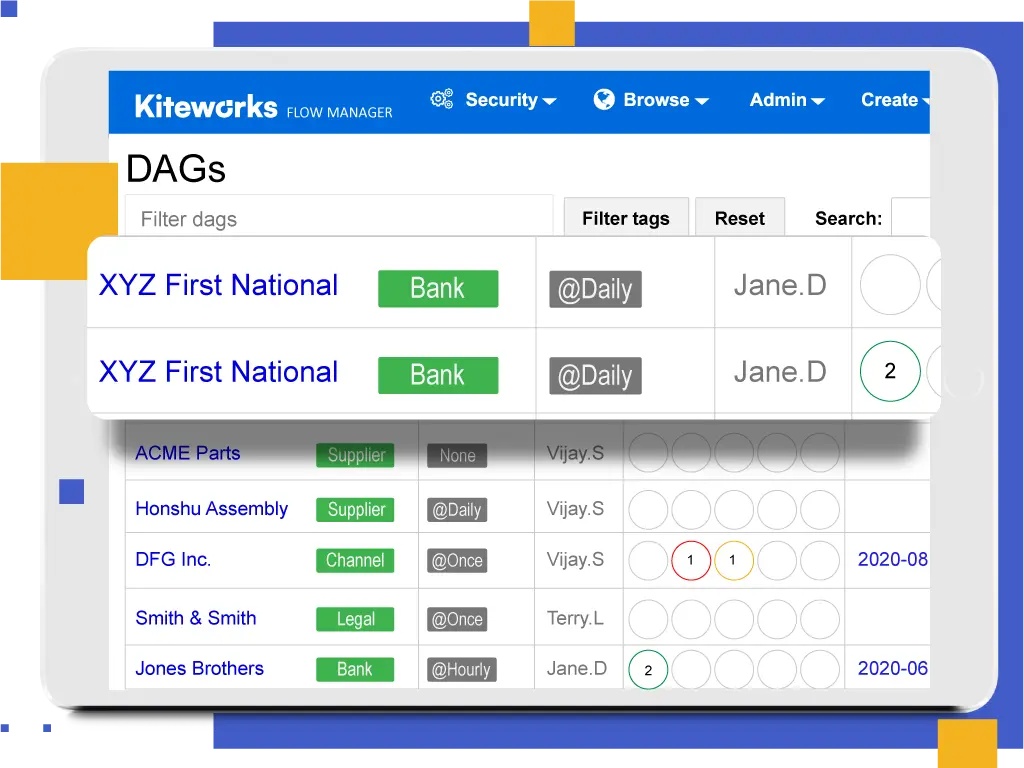
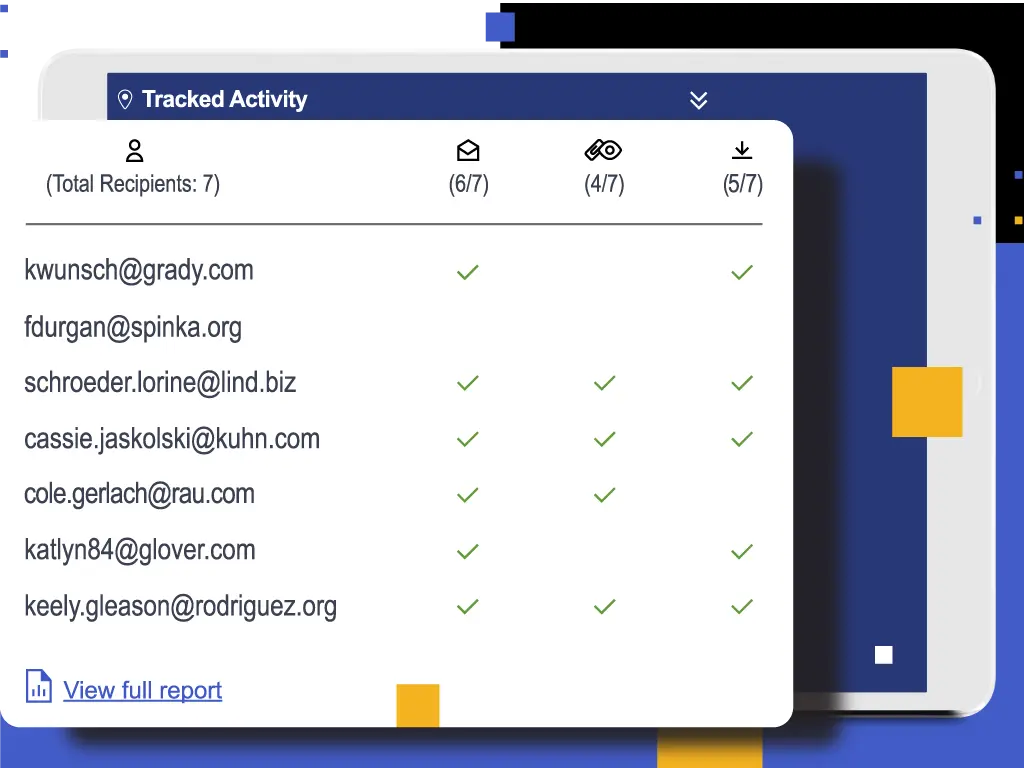
Submitting Invoices and Payment Requests
Government contractors need to submit invoices and payment requests to government agencies securely. Insecure submission methods can expose sensitive financial information to unauthorized parties, leading to potential fraud and financial loss. Kiteworks offers a secure government contractor communications solution for submitting invoices and payment requests through its encrypted communication channels—email and file sharing. Government contractors can confidently submit their requests, knowing that the sensitive financial information is protected. Kiteworks’ audit logging capabilities also provide a record, enabling government contractors to verify if the recipient opened the email and file.
Manage Subcontractor Agreements
Government contractors often need to manage subcontractor agreements that contain sensitive legal and financial information. Insecure management methods can expose this information to unauthorized parties, leading to potential legal and financial risks. Kiteworks provides a secure communication platform for managing subcontractor agreements. Contractors can share, collaborate, and store sensitive agreement documents through Kiteworks’ encrypted channels. Access controls and audit logging features ensure that only authorized users can access the information, maintaining legal and financial security.

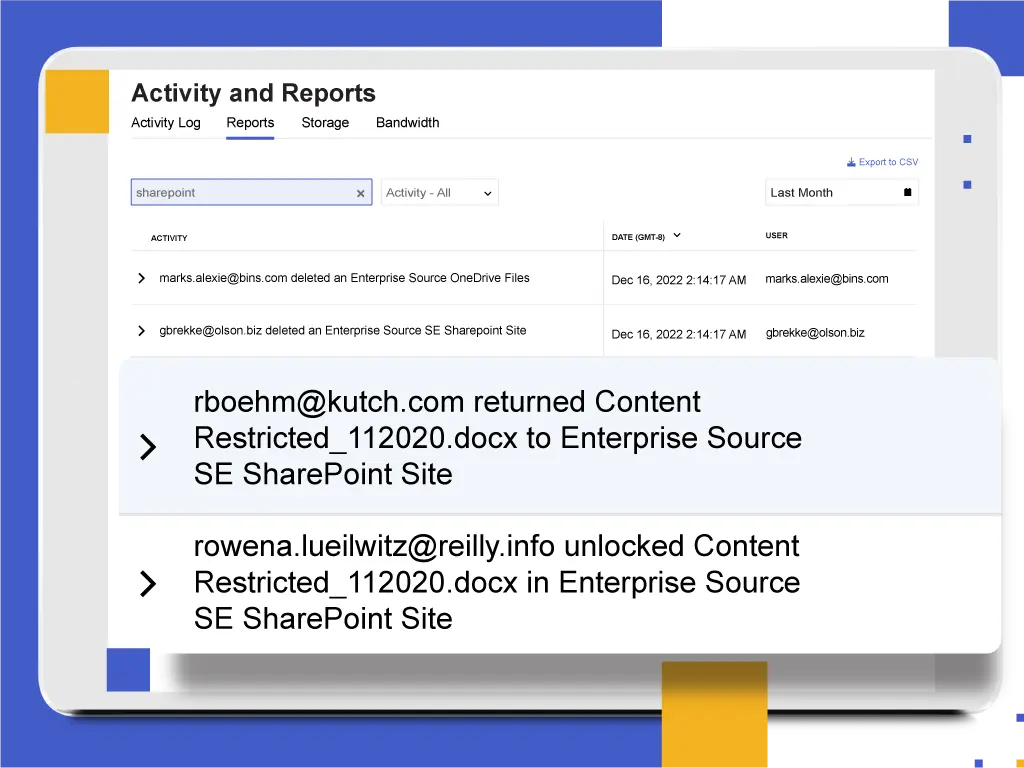
Exchange Security Clearance Information
Government contractors may need to exchange security clearance information with government agencies and other stakeholders. This information is sensitive and must be protected from unauthorized access. Kiteworks’ secure government contractor communications enable secure exchange of security clearance information through its encrypted communication channels. Government contractors can share files and collaborate on documents with confidence, knowing that their sensitive information is protected. Kiteworks’ access controls and version tracking features ensure that only authorized users can access and modify the information.
Share Training Materials and Resources
Government contractors often need to share training materials and resources with team members, subcontractors, and government agencies. These materials may contain sensitive or proprietary information that must be protected from unauthorized access. Kiteworks provides a secure government contractors communications platform for sharing training materials and resources. With end-to-end encryption, access controls, AI-enabled anomaly detection, and audit logging, Kiteworks ensures that sensitive training materials remain confidential and compliant with government regulations.

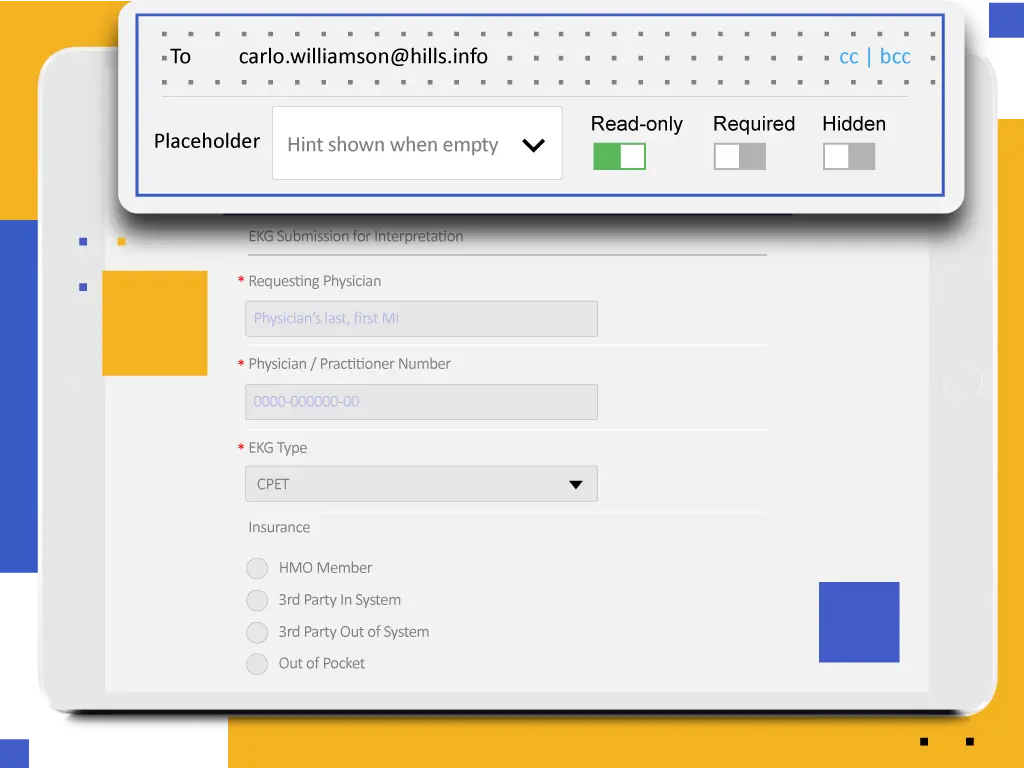
Share Information With Secure Web Forms
Government contractors use secure web forms for proposal submissions, HR and personnel forms, financial reports, and confidential information exchange with auditors and regulators. Without the appropriate security and governance controls, web forms can exposure critical information protected from unauthorized access, interception, and disclosure. Kiteworks’ secure web forms within the Private Content Network enable the safe exchange of data in web forms with authorized parties across the government supply chain. Kiteworks ensures that all data is encrypted both in transit and at rest and each communication channel within the Kiteworks platform is enveloped with the Kiteworks hardened virtual appliance.
Frequently Asked Questions
The challenge for government contractors is they must ensure that files are not intercepted, stolen, or corrupted during transit, while also maintaining strict access controls. A secure government contractor communications platform enables secure file transfer with robust encryption, granular permissions, and detailed audit logs. A secure government contractor communications platform also allows for the integration of existing systems, ensuring that data remains consistent and up to date.
Government contractors need to avoid email overload that can lead to missed messages, errors, and lost productivity. With a secure communications platform, like the Kiteworks Private Content Network, government contractors can receive and send large files without the need for email storage quotas. The platform also enables email users to search, find, and share files easily and securely, regardless of their size or type.
Government contractors must provide secure remote access to CUI and other sensitive data, without exposing it to unauthorized users or devices. A secure communications platform, like the Kiteworks Private Content Network offers secure access from any device and location with multi-factor authentication (MFA) and granular policies access controls. It also enables users to securely edit, view, print, and share files without ever downloading them to their local devices.
Government contractors must provide different stakeholders with different levels of access and control over documents, while maintaining overall data governance and compliance. A secure communications platform, like the Kiteworks Private Content Network, enables organizations to create groups with different levels of access to files and folders within a unified system. It also allows for the execution of custom workflows to streamline the distribution of documents.
Government contractors need to eliminate the need for manual reviews and approvals of legal documents, which can be time-consuming and error-prone. a secure communications platform, like the Kiteworks Private Content Network, offers a collaborative solution for the review and approval of contracts, NDAs, and other legal documents. It enables users to annotate, comment, and approve documents in real time, streamlining the process and ensuring compliance.
FEATURED RESOURCES

Top 5 Ways Kiteworks Platform Secures Third-party Box, OneDrive, and Teams Communications for Government Agencies
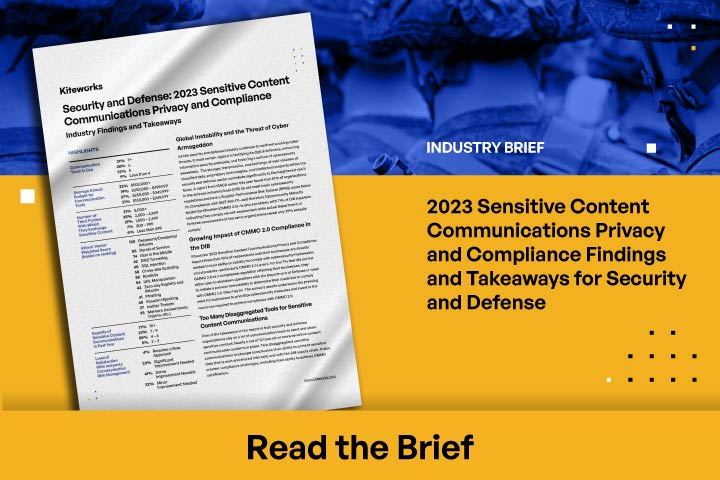
Security and Defense: 2023 Sensitive Content Communications Privacy and Compliance
IT, SECURITY, PRIVACY, AND COMPLIANCE LEADERS AT THOUSANDS OF THE WORLD’S LEADING ENTERPRISES AND GOVERNMENT AGENCIES TRUST KITEWORKS





